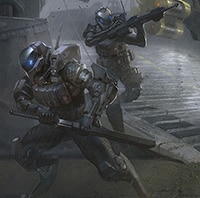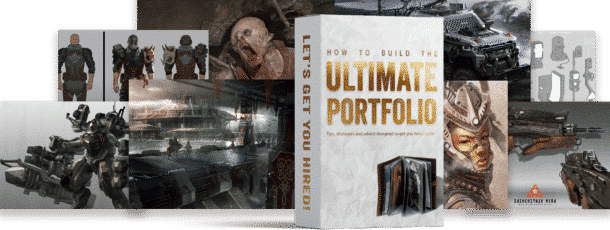
by Eliott Lilly | Aug 10, 2015 | Questions
Question submitted by Josh N.
Hi. I read your article on Artstation “10 things to do before you apply for a concept art job” and I was glad to learn I’ve been doing some of the right things while learning others. I would like to ask though, in regard to expos, do you have any suggestions for which to attend besides the obviously (E3), I have one major obstacle between me and a career in game art, living in Warsaw, IN.
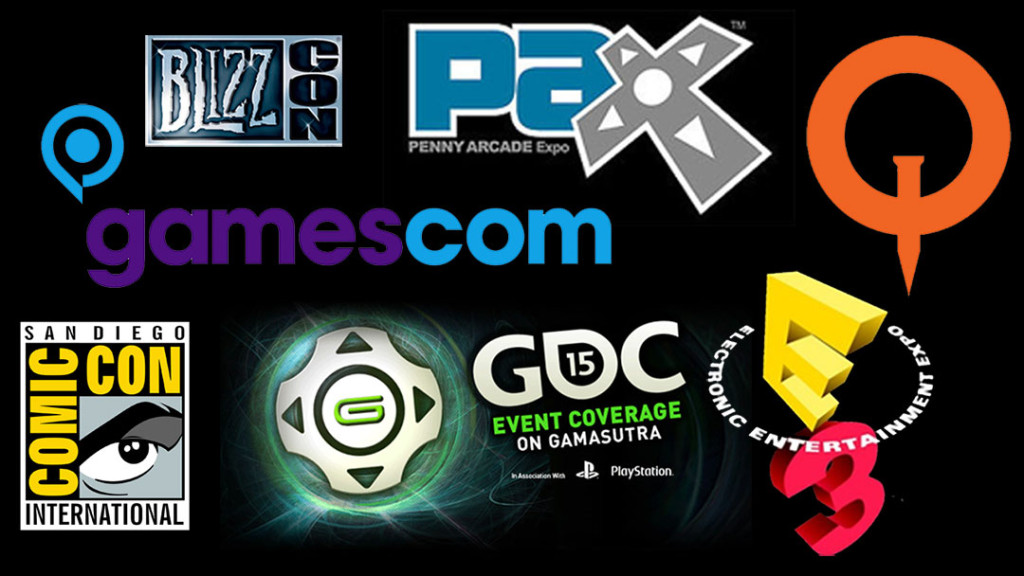
Hi josh,
I’m not too familiar with the gaming events taking place in Warsaw, IN. You will have to do some research there to see if/ when there will be another local event. A quick google search on my part turned up this list of gaming conventions.
As far as other gaming conventions go, you’re right: any of the big ones will do. I personally had a lot of success at GDC (Game Developers Conference). Vendors were easily approachable and had a good number of staff on-hand to look at portfolios. If you can spring for it, that’s where I would start.
-Eliott

by Eliott Lilly | Jul 29, 2015 | FAQ, Questions
Question submitted by Marvin R.
I am 22 years old and I just finished reading your book “The Big Bad World of Concept Art for Video Games” and I was stuck with one question.
Is there a age limit on when to start? Are there any concerns where companies might turn you away based on your age?
I am currently thinking of applying to the Feng Zhu School of Design which is also mentioned in your book, mostly because it offers such a short duration and promises fast learning. Would you suggest going through a basic 3-4 year education or can 1 year of intensive studies be enough ?
Hey Marvin, if drawing is your passion and is what you truly want to do, then no, it is never too late to start. Companies aren’t usually biased based on age. They are, however, biased based on portfolio quality. If you want to work in this industry, then you will need to be good at it since competition is so high.
Depending on your circumstances and artistic talent, you may need to kick your learning into high gear. I think attending a school like FZD is a good idea. It’s intensive program will get you on track fast! There’s no guarantee that you will be industry ready in one year (highly unlikely) but you will be much closer than you are now.
And since success is all in the mind, your head is in the right place. With commitment, effort and focus, I think you’ll be just fine
Bets of luck.
-Eliott
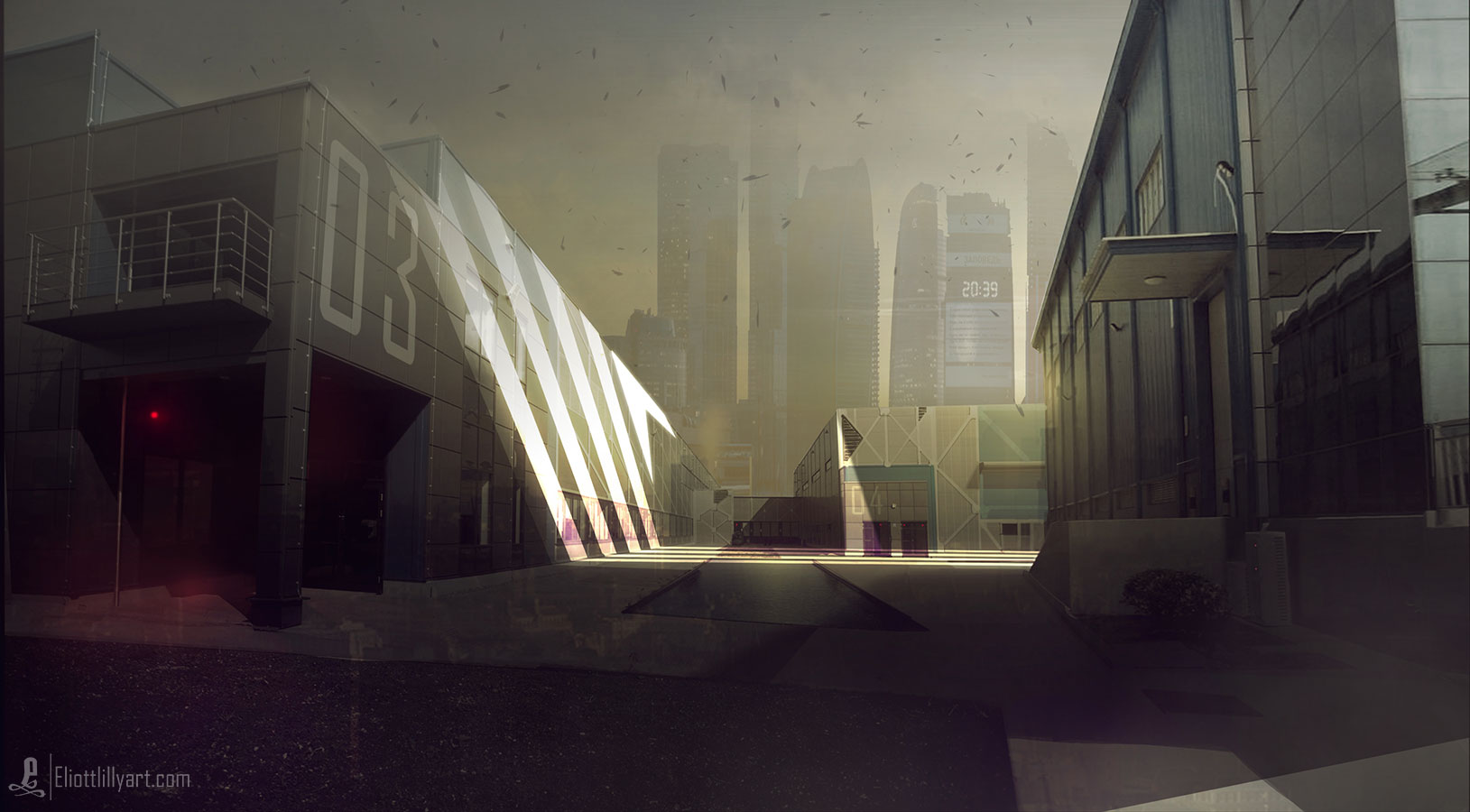
by Eliott Lilly | Jul 22, 2015 | Portfolio Advice, Questions
Here are short answers to frequent questions asked by students, about building a solid portfolio.
Is there a specific genre that is in high demand right now and companies are looking for?
No, and never follow the trends. Because they are just that- trends. They will come and go, and you may miss them entirely. Instead figure out what you love drawing, then find the companies that make those things and get them to notice and hire you.
What should I show in a portfolio? Should I show my specialty or should I show them that I can do everything?
Well, that really depends on how impressive your “specialty” is. If you are really good at that one thing, and have enough images to make a portfolio, then that’s the route I would take. If you don’t, then make more, or go the generalist route.
Would it hurt my chances if I showed something different in my portfolio from what the company is expecting/ looking for in a candidate?
Usually, yes. But there are exceptions. First, you need to know who you are dealing with. If you are applying at a first party studio that only makes one thing, then showing them artwork outside of their niche is probably a waste of time. However, if you are applying to a third party studio who puts out numerous products in various genres, in those cases it might be beneficial.
How polished should the images in my portfolio be?
A good portfolio will demonstrate the full spectrum of design. This means taking the same object and showing the process and progression from rough thumbs, to full color renders where possible. Companies want to see all of the in-betweens because they want to evaluate your thought process and see how you problem solve. That is not to say that you can’t have more fully rendered images than line drawings, but try not to overload you portfolio with one or the other. The goal is to show enough so they get idea that u can produce a lot of ideas very quickly.
If you have questions that are not answered here, leave a comment below, or send a spell checked email to eliott@eliottlillyart.com. It may take some time, but I will do my best to respond.
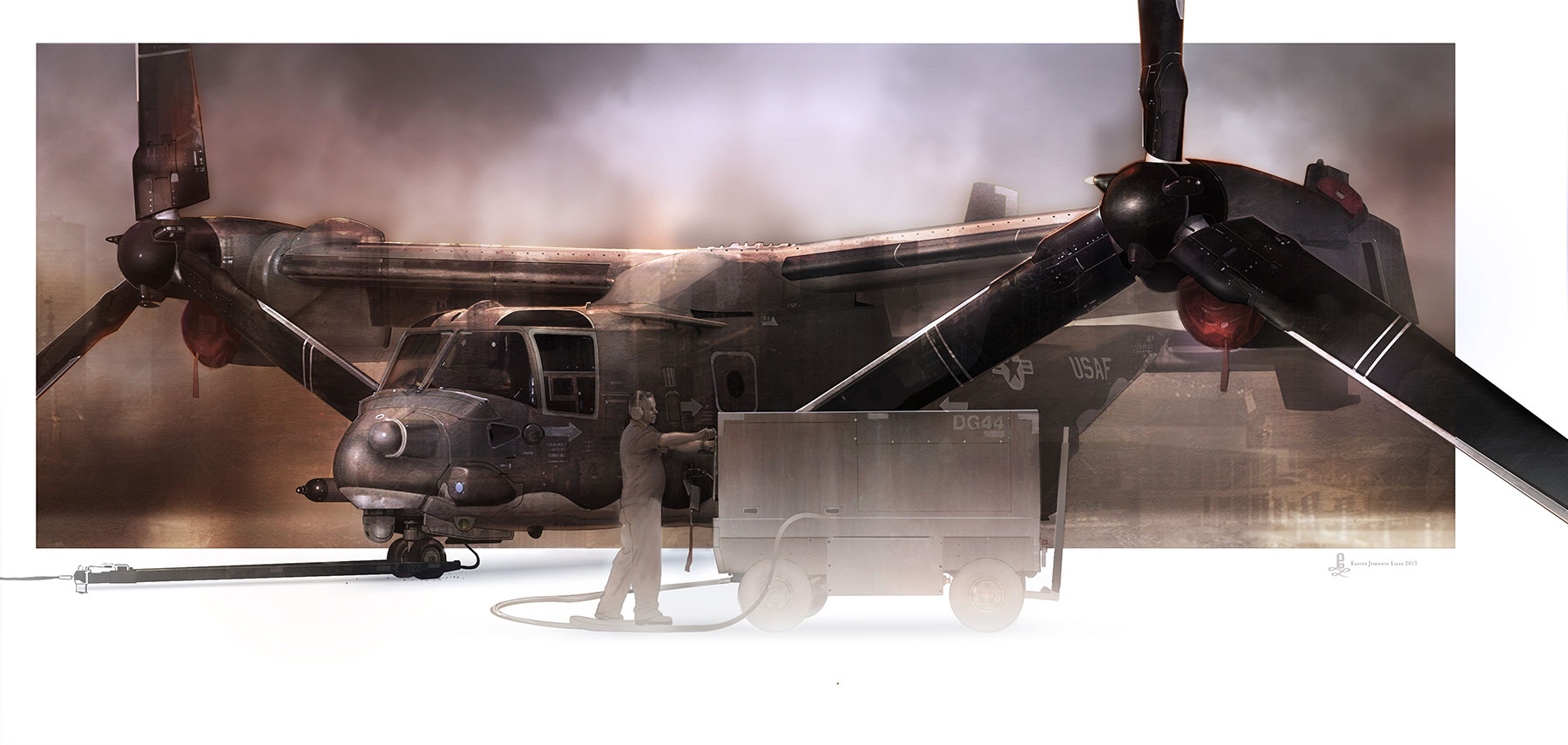
by Eliott Lilly | Jul 20, 2015 | FAQ, Questions
Here are short answers to frequently asked questions I receive from students about the use of 3D in concept art.
HOW IMPORTANT ARE 3D SKILLS TO CURRENT CONCEPT ARTISTS?
Modeling in 3D is like any other tool: Helpful when used correctly.
While it’s not mandatory or by any means necessary to make good art using 3D tools, having that skill set under your belt is beneficial for lots of reasons such as rapid iteration explorations, interesting shape creation, perspective, happy accidents, etc. etc. etc. As such I highly encourage everyone to learn at least one 3D software program.
HOW MUCH KNOWLEDGE DO I NEED IN 3DS MAX, MAYA OR ANY OTHER MODELING PROGRAM?
At the bare minimum, I recommend you familiarize yourself with the basics, such as navigation within the program, primitive shape modeling, the use of the camera, etc. Learn modeling terms, so you can speak the same language as the people who will have to model your concepts. If you decide that you really like modeling, you can take it a step farther and really dive into the software. For a few bucks, you can purchase several “how-to” tutorials on Gumroad. Check out the recommended resources page for more information.
If you have questions that are not answered here, leave a comment below, or send a email to eliott@eliottlillyart.com. It may take some time, but I will do my best to respond.
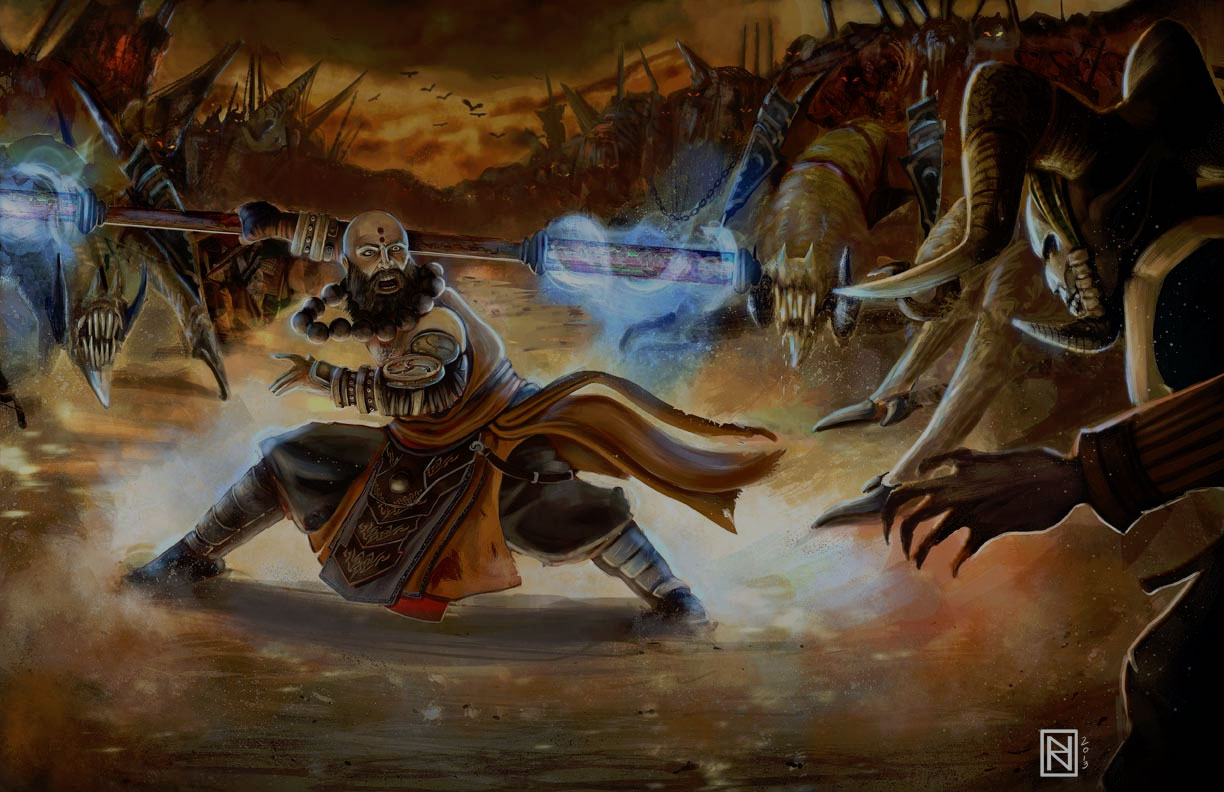
by Eliott Lilly | Jul 1, 2015 | Portfolio Advice, Questions
Question submitted by Michael, Student artwork provided by Hector Ruiz
I DO PRIMARILY DRAWINGS CENTERED AROUND PEOPLE AND CHARACTERS. MY STRENGTH IS VERY MUCH IN THE DIRECTION OF ORGANICS AND NOT MECHANICAL DRAWINGS, AND I WILL ALWAYS BE BETTER AT ORGANICS, IT’S A SIMPLE TRUTH. I HAVE NOTICED AMONG ARTISTS, YOU ARE REALLY GOOD AT ONE OR THE OTHER, SELDOM BOTH, THOUGH IT DOES HAPPEN. SHOULD I EXPAND MY SKILL SET TO INCLUDE OTHER THINGS, LIKE MECHANICAL AND ENVIRONMENTS AND SHOW THOSE TOO, OR SHOULD I CONCENTRATE ON WHAT I AM GOOD AT AND SHOWCASE THAT IN MY PORTFOLIO? WHAT IS IT THAT THE INDUSTRY LOOKS FOR IN AN ARTIST THAT SPECIFICALLY WANTS TO BE A CHARACTER DESIGNER?
Hey Michael, thanks for writing in. Here are my comments:
“…AND I WILL ALWAYS BE BETTER AT ORGANICS, IT’S A SIMPLE TRUTH…”
Saying that you will “always” be better at one thing over another may mean that you are very focused in your choices and have honed in on the thing you like drawing the most. If that’s the case, then Kudos there. Just make sure that your organic designs, forms and volumes are immaculate.
However, as a professional who has seen hundreds of student and professional portfolios, I find that in most cases people who are “better at organics” tend to be those who are less comfortable with perspective. I’m just guessing here, but this is the more likely of the two scenarios.
Regardless, the truth remains: You can’t have an understanding of organic shape and form without an understanding of perspective. So if you suck at hard surface designs, perspective. etc, then my first piece of advice would be to practice those skills. Then practice some more!. Your designs will thank you for it as they can only improve.
“…I HAVE NOTICE AMONG ARTISTS, YOU ARE REALLY GOOD AT ONE OR THE OTHER, SELDOM BOTH…”
That’s a bit of a generalization. There are usually SEVERAL things that a person is good at drawing, each of which borrow from a similar skillset. For example; if you are comfortable with characters and anatomy, you may also be comfortable drawing portraits, creatures, monsters, etc.
Likewise, if you are comfortable with perspective, then you can probably design hard surface things like props, weapons, or even vehicles and/or environments. Keep in mind that being good at only ONE thing, limits your marketability, flexibility and in turn, value to a potential company.
“…SHOULD I EXPAND MY SKILL SET TO INCLUDE OTHER THINGS, LIKE MECHANICAL AND ENVIRONMENTS AND SHOW THOSE TOO, OR SHOULD I CONCENTRATE ON WHAT I AM GOOD AT AND SHOWCASE THAT IN MY PORTFOLIO?”
Normally, when taking the “specialist” route, I would say master only the things that you are good at, but being a character artist is a bit different. The reality is that being a character artist is THE MOST sought after job and thereby the most competitive field in the video game industry. There are way too many candidates to fill the few jobs available for this position. Therefore, if this will be your main focus, then you will need to be AMAZING at it.
As a fall back, I often encourage character artists to expand their skillset when possible. This usually starts with perspective and hard surface designs, but can be anything else that will diversify your portfolio. Again, it’s all about adding value to you as an artist, so that if a client isn’t impressed with your character work, they may still have a job for you doing something else.
“WHAT IS IT THAT THE INDUSTRY LOOKS FOR IN AN ARTIST THAT SPECIFICALLY WANTS TO BE A CHARACTER DESIGNER?”
If you want to solely be a character designer, it would help to show a few examples of things like these in your character portfolio:
- Unique design aesthetics: (What design language do you develop throughout your figure and how consistent is it?)
- Artistic Style: (How do you render your figures? Are they cartoony? Realistic? Stylized?)
- Character attitude/ personality: (How well do you convey personality in your designs? Facial expressions, posture, and stance all play a part here).
- How well do you know your subject matter? (Is the character believable? Are the designs grounded in reality or totally fabricated? What creditability do your designs have?.
- Fresh design approach on an old subject matter: How do YOU tackle an established Pop culture icon? Intellectual property, etc.
I hope that helps. See: The Big Bad World of Concept Art For Video games; An Insider’s Guide For Students, Chapter 4: The Portfolio (page 79) for more specifics on building your portfolio.







